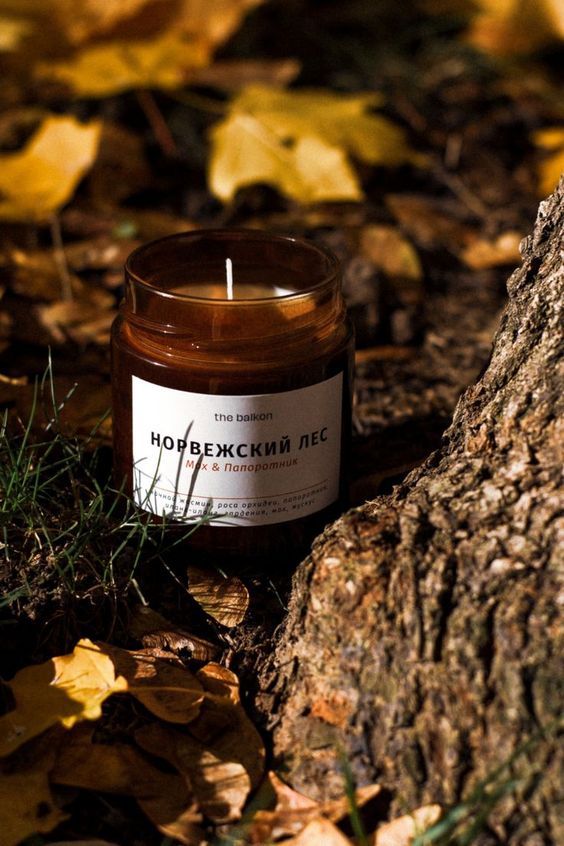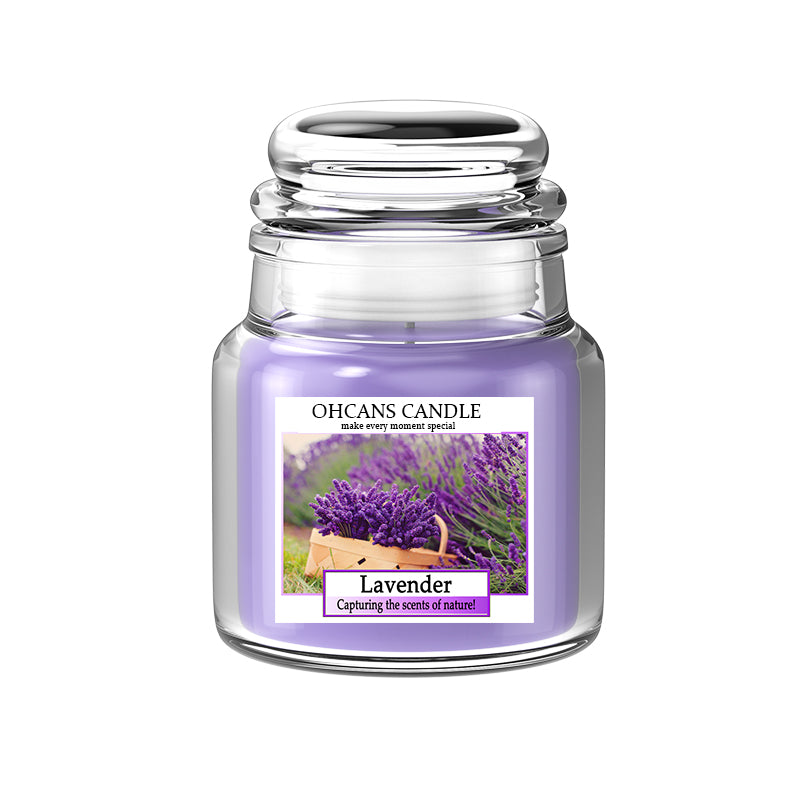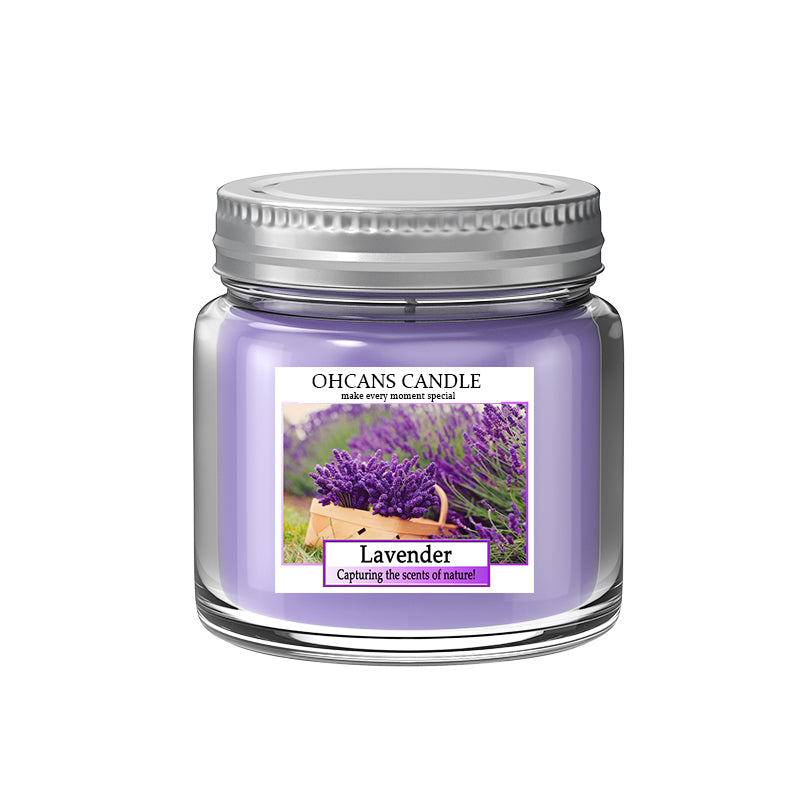Utilizing Candelilla Wax in Candle Making: A Complete Guide

Candelilla Wax in Candle Making
Candelilla wax is a versatile and sustainable option for candle making, providing a natural and eco-friendly choice for crafters. Understanding the unique properties of candelilla wax is crucial to harnessing its full potential in candle making. Additionally, achieving the ideal candelilla wax to liquid oil ratios is essential for creating high-quality candles with the perfect texture and burn time.
Understanding Candelilla Wax
Properties of Candelilla Wax
Candelilla wax is extracted from the leaves of the candelilla shrub, which is native to northern Mexico and the southwestern United States. So, you know how candelilla wax is collected from the shrub leaves, right? Well, they basically immerse the whole plant in acidified boiling water. As the plant is in the boiling water, the wax releases from the leaves and floats to the top. Then, they just collect the wax from the top of the water.One of its most notable properties is its high melting point, which makes it an excellent choice for candle making. This characteristic ensures that candles made with candelilla wax have a slow and even burn, providing a longer-lasting and more consistent flame.
Another important property of candelilla wax is its natural hardness, which gives candles a sturdy structure and prevents them from becoming misshapen or melting too quickly, especially in warmer environments. This makes it an ideal ingredient for creating pillar candles and other molded candle shapes.
What is Candelilla Wax?
Candelilla wax is highly regarded for its status as a sustainable and renewable resource. During the harvesting process, candelilla shrubs are pruned, enabling them to naturally regenerate without causing any harm to the environment. This approach supports the conservation of natural habitats while also creating economic opportunities for local communities. The eco-friendly characteristics of candelilla wax have led to its rising popularity among environmentally conscious consumers seeking sustainable options for their candle products. Its minimal impact on the environment aligns with the increasing demand for ethical and eco-conscious manufacturing practices.Its name, "candelilla" meaning little candle in latin. Candelilla wax is often used interchangablely with coconut wax and beeswax in candle making. Similar to beeswax, it exudes a natural mild and sweet scent. When used properly, with a high melting point of 69 to 73 degree celsius. candelilla wax can add consistancy and hardness to the overall texuture and shape of candle waxes.

Candelilla Wax Ratios
Ideal Ratios for Candle Making
When it comes to creating high-quality candles, achieving the ideal candelilla wax ratios is a crucial factor. The right balance of candelilla wax to liquid oil is essential for determining the texture, burn time, and fragrance of the candles. Typically, a good starting point is using about 1 part candelilla wax to 3 parts liquid oil. However, candle makers often experiment with different ratios to achieve their desired results.
Balancing the ratios effectively can lead to long-lasting and fragrant candles that meet the specific preferences of crafters and consumers alike. It's important to consider factors such as the type of liquid oil being used and the intended purpose of the candle when determining the ideal candelilla wax ratios.
Techniques for Using Candelilla Wax
Understanding various techniques for incorporating candelilla wax into candle making is essential for achieving successful results. One popular technique involves melting the candelilla wax and blending it carefully with selected liquid oils. Candelilla wax being a safe food grade wax, meaning that is not not toxic not only on a cosmetic topical level, but also safe to be used as a food additive according to research. One common approach is to use candelilla wax as a partial replacement for waxes such as soy or beeswax. For example, a blend of 70% soy wax and 30% candelilla wax can result in a candle with a higher melting point and a firmer texture. Alternatively, a 50/50 ratio creates a more balanced mix, combining the advantages of both waxes. When aiming for the desired outcomes, it's important to take into account the specific characteristics of each wax. Candelilla wax, known for its higher melting point and hardness, it is tipically used by professional candle makers for stabilizing softer waxes.

Candelilla Wax Benefits
Eco-Friendly Advantages
When it comes to candelilla wax benefits, its eco-friendly nature stands out as a key advantage. The sustainable properties of candelilla wax make it an ideal choice for environmentally conscious consumers. Candelilla wax in turn help reduce their environmental footprint. This natural and sustainable wax promotes cleaner candles, aligning with the growing demand for products that support environmental preservation.
Furthermore, the eco-friendly advantages of candelilla wax extend to the longevity of the candles. Candles crafted with candelilla wax tend to burn more cleanly and last longer, offering an environmentally responsible alternative to traditional paraffin-based candles. Approximately, Candelilla wax candle can burn up to 45~50hours given 100 grams of wax.
Versatility in Candle Making
candelilla wax proves itself as a steadfast foundation for various candle varieties.Crafters can explore a wide range of fragrances and dyes, allowing for experimentation with unique combinations and personalized candle designs. Alternatively, You can check out multi-purpose amber fragrance oil prepared by Ohcans candle. hether creating pillars, container candles, or specialty shapes, candelilla wax serves as a reliable base for various types of candles. You can spark your creativity with this candle wax.
Types of Liquid Oils
Popular Liquid Oils for Candle Making
Choosing the best liquid oils for candles involves considering a few excellent options. Two popular choices are soybean oil and coconut oil, each with its own unique qualities that can enhance the quality of your candles. Soybean oil is favored for its clean and efficient burning properties, as well as its ability to retain fragrances effectively. Additionally, it burns slowly and evenly, making it ideal for scented candles as it helps disperse the fragrance throughout the space. Moreover, soybean oil is a biodegradable source. On the other hand, coconut oil offers its own set of advantages. It has a lower melting point compared to many other oils, resulting in a smoother texture for candles and improved scent diffusion. The natural sweetness of coconut oil also complements a wide range of fragrances, adding an extra dimension to scented candles.
Blending Liquid Oils with Candelilla Wax
Blending liquid oils with candelilla wax allows for the creation of personalized, high-quality candles, allowing crafters to customize textures, scents, and burn times. Artisans and candle makers can create distinctive candle that cater to a different preference. You can incorperate different liquid oils for candles alongside candelilla wax.
Where to source Candelilla Wax in Bulk?
Candelilla wax is readily available in bulk quantities in the United States from a variety of suppliers and distributors, offering a convenient accessibility to this natural ingredient. In addition to traditional brick-and-mortar specialty stores that cater to candle-making and cosmetic needs, online retailers have become a popular source for purchasing bulk candelilla wax. These online platforms provide a hassle-free shopping experience, allowing customers to order the wax in bulk and have it conveniently delivered right to their doorstep. Moreover, wholesale suppliers specializing in natural waxes and ingredients also stock candelilla wax in bulk, catering to the needs of businesses and individuals alike. For those who prefer to shop locally, local distributors and manufacturers may also carry candelilla wax in bulk quantities. You can purchase candelilla wax in bulk, because the good new is that it has an indefinite shelf life.




Dejar un comentario